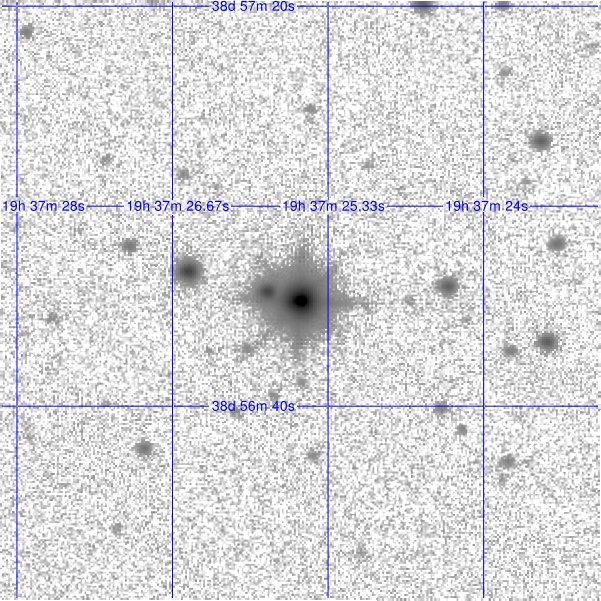The Kepler Community Follow-up Program, known also as the Kepler Follow-up Observation Program and KFOP, is a program instituted to conduct follow-up observations on Kepler Objects of Interest (KOI), or signals observed by the Kepler spacecraft that may indicate the presence of a planet transiting its host star. Because the transit method of finding planets tends to produce a large number of false positives, KFOP is intended to rule out false positives amongst the KOIs and confirm more discoveries of exoplanets.
The NASA Exoplanet Archive, in support of the KFOP, has utilized Montage to generate a finding chart and nearby source catalog for all of the Kepler planetary candidate systems. The UKIRT Observatory had performed a J-band survey of the Kepler Field and generated a source detection catalog; there are 1100+ individual images with 16 million sources in the survey. Montage was used to index the images and the catalog (using an R-tree indexing scheme) to enable rapid determination of the best image for each Kepler target and to create a list of sources within 30″ of the Kepler targets. Montage was then used to orient all of the best images and generate 1 arcmin cutout images with jpeg previews, overlayed with an equatorial coordinate grid: an example is shown below.
The modular design of Montage enabled the processing to be run within IDL and further analyzed, all within a scripted environment. The usefulness of the UKIRT to the Kepler Project and the Follow-Up program was greatly enhanced by the UKIRT products, and those products were easily generated and made available to the team through Montage.
This blogpost was based on material provided to me by Dr. David Ciardi.


